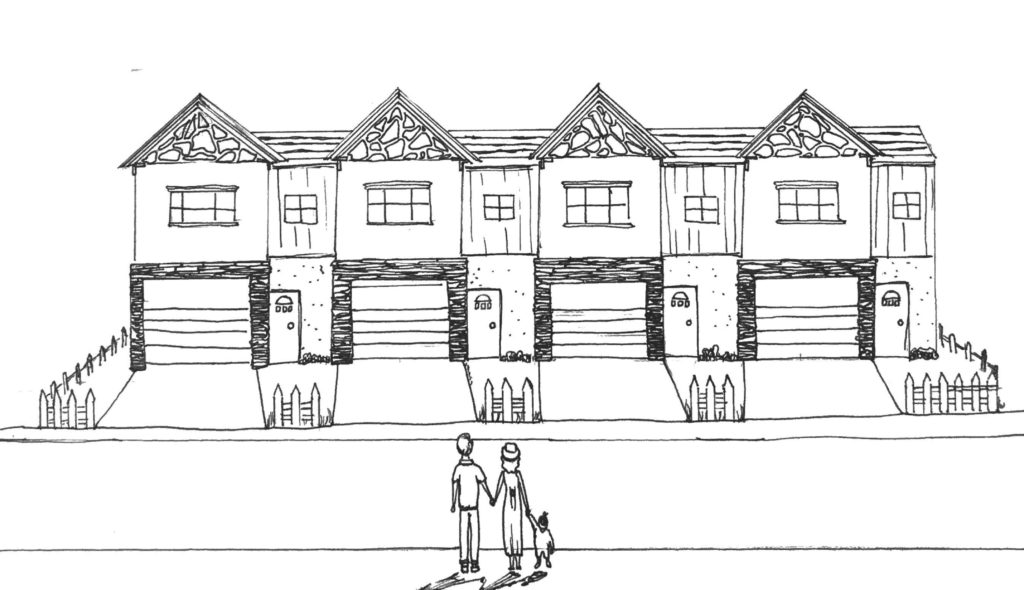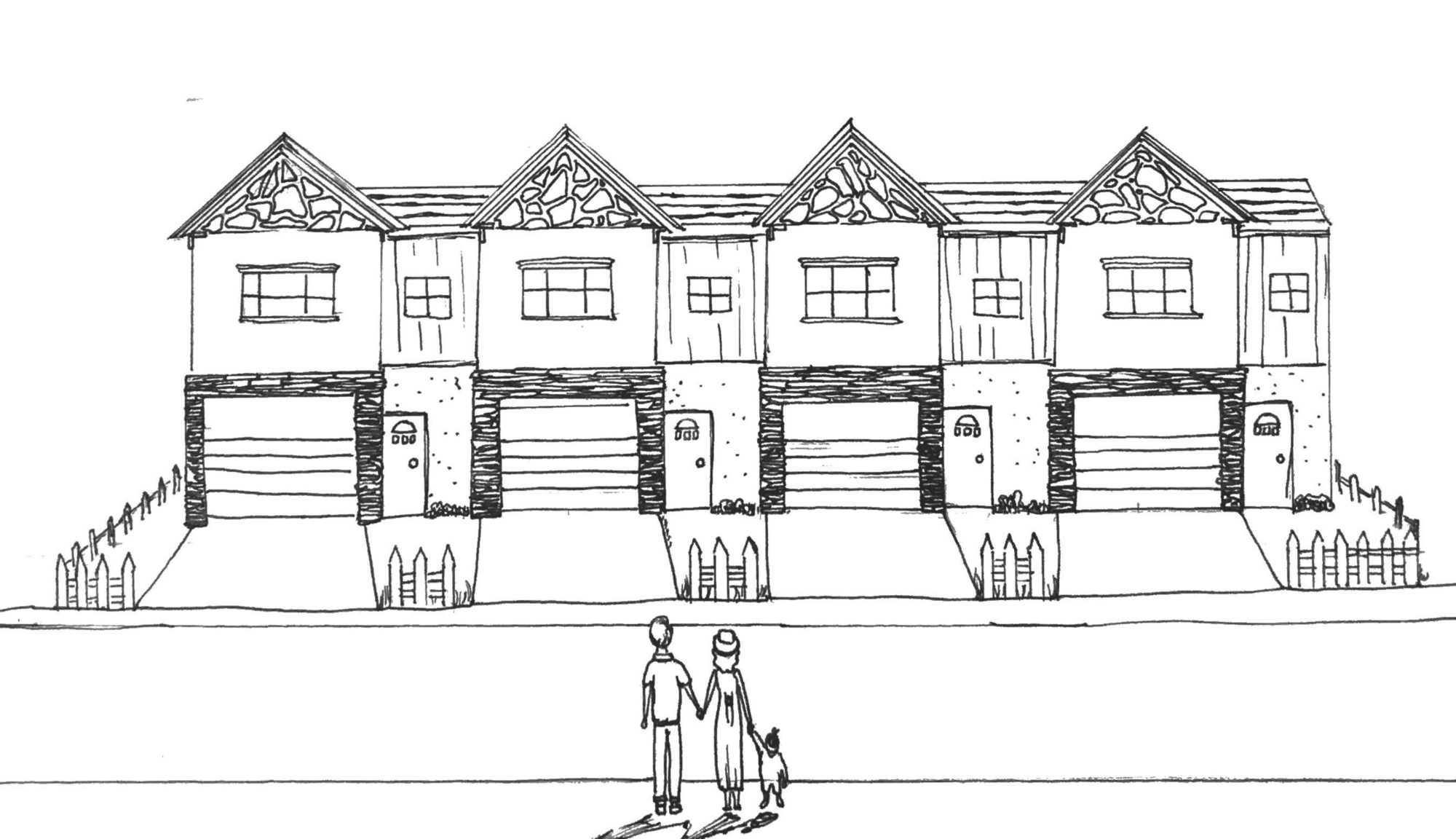
The mood in the room was jubilant when Oregon Governor Kate Brown signed Senate Bill 608 on February 28, thus enacting the nation’s first statewide rent-control measures. But Brown made clear it wasn’t a silver bullet for the problem of housing affordability.
“Everyone here knows this is a groundbreaking piece of legislation,” she said in a televised conference. “It will provide immediate relief to Oregonians struggling to keep up with rising rents in a tight rental market. But it doesn’t work on its own. It’s going to take much more work to ensure that every Oregonian, in our communities large and small, has access to housing choices to ensure that they and their families can thrive.”
Rent control is so controversial that six Western states have outright bans on the practice, and the Oregon legislation has brought out critics aplenty. Opponents point out that economists generally agree rent control doesn’t improve housing affordability in a given market, and may even drive prices up. But this particular criticism, during a time when fast-growing Western cities from Phoenix to Seattle face serious housing crises — including severe homelessness — displays a lack of understanding of what rent control is meant to accomplish. And the controversy is overshadowing other policies, in Oregon and elsewhere, that could work in tandem with rent control to make a meaningful change in tight housing markets. As Brown said, rent control works best with teammates.
All in all, Oregon’s legislation is relatively forgiving. Landlords will be able to raise rents 7 percent plus inflation (10.3 percent total in 2019); some rent control policies limit hikes to match inflation, typically around 3 percent a year. New units are exempt for 15 years. Housing groups have claimed the cap is too low, while tenants-rights groups say it’s much too high.
Critics of rent control in any form, including those legislators who voted against the Oregon bill, have generally pointed to two studies. In a 2017 paper, Stanford researchers found that limiting rent increases in San Francisco led affected landlords to decrease rental supply by 15 percent (profits constrained, they converted units to, for example, condos) and increased overall rents in town 7 percent. Another, examining Cambridge, Massachusetts, found that removing the city’s rent control directly caused a $2 billion bump in value of the city’s housing stock.
Rent control, though, isn’t designed to make rent cheaper across a city, and it certainly isn’t meant to boost the value of a community’s real estate.
“This particular piece of the puzzle, when it comes to housing solutions, is about preventing displacement of existing residents,” said Nicole Montojo, a housing research analyst at the University of California, Berkeley’s Haas Institute.
And to that end, the very research detractors cite says rent control works. Rebecca Diamond, lead author of the Stanford study, speaking recently on the Freakonomics podcast, said San Francisco’s rental policies worked quite well for those who actually received the benefits — namely by allowing them to stay in San Francisco. “It prevents those renters from leaving the city as a whole,” she said, “which I think from a policy perspective of rent-control advocates, that’s one of the goals they talk about as preventing displacement from the city.”
According to Diamond’s data, San Francisco’s rent-control policies made a recipient tenant 20 percent more likely to remain in the city, and people of color are more likely to benefit.
Staying put matters. Evictions can lead directly to homelessness, according to the National Law Center on Homelessness and Poverty. Evictions and other causes of “forced mobility” also increase stress and have the potential to impact a person’s mental and physical health, according to a 2018 literature review by University of Southern California researchers. “While there are some divergences in views in the literature,” the authors wrote, “there is a general consensus that tenants in rent-regulated apartments stay in their apartments longer and typically benefit from rent discounts.”
But if rent control is a short-term measure that benefits only those who receive it — and potentially harms the rest of a city’s residents — what else do cities like Denver or Portland or Los Angeles need to address the broader affordability problem?
Some say the answer is building more multifamily housing. “Personally,” said Stephen Barton, Berkeley’s former housing director who co-authored a rent-control policy brief with Montojo, “I’d very much like to see a state override on exclusionary suburbs that zone almost everything single-family, and prevent any multifamily housing from being built.”
He may get his wish. House Bill 2001, sponsored by Oregon House Speaker Tina Kotek, would virtually eliminate single-family zoning in every Oregon city with more than 10,000 people. By opening up much of the state to multifamily zoning, developers could ramp up construction of more, and more types, of housing that would increase the supply and decrease prices.
Other measures are popping up in Western statehouses. In California, Senate Bill 50 would require cities to allow multi-story apartment buildings near transit and job centers, and Assembly Bill 1482 would institute a rent cap similar to Oregon’s. In Washington, legislators have passed reforms that make eviction more difficult. And Colorado lawmakers are moving closer to repealing that state’s ban on rent control.
The need for such legislation is pressing. According to the Harvard Joint Center for Housing Studies, in California, 54 percent of residents spend more than 30 percent of income on housing, the accepted threshold for being cost-burdened; half of Coloradans pay more than 30 percent. Affordability issues have Seattle, Los Angeles, Salt Lake City, and other Western cities dealing with high levels of homelessness.
But building homes takes time. That’s why, Barton says, rent-control measures like Oregon’s are important. “Responding to the need for additional housing is going to take 20 or 30 years at a minimum,” he said. “Meanwhile, we need to do something to protect tenants from being pushed around.”

